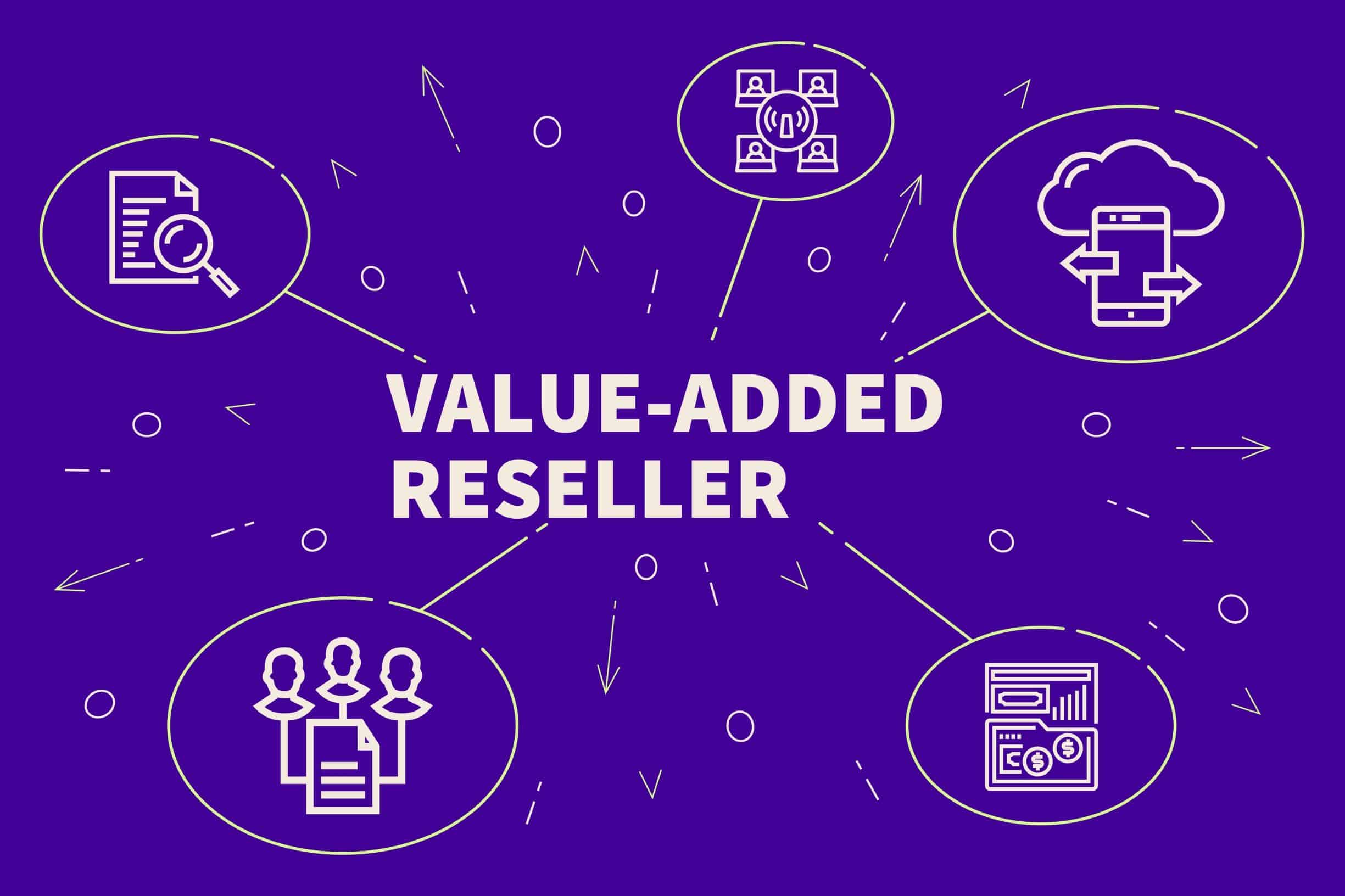•
2 Minute Read
A Multi-Cloud Environment is a Great Idea, If You Have the Right Tool to Manage It
Connectria
Author

Multi-cloud environments are becoming more and more common as organizations shift key workloads to the cloud as part of their overall digital transformation. While there are clear use-cases for a heterogeneous multi-cloud environment, important activities like performance monitoring, security and compliance procedures, and cost optimization become exponentially more complex.
There is a real risk, then, of undermining the very reasons organizations moved to the cloud to begin with. Multi-cloud management tools allow enterprise organizations to perform these key activities across cloud environments using a single pane of glass…and with a significant return on investment.
What is a multi-cloud environment?
Put most simply, a multi-cloud environment is one where two or more cloud computing and storage services are used, meaning that assets, software, applications, and more are potentially spread across several cloud environments.
While the term “multi-cloud” can refer to any number of implementations of software as a service (SaaS) or platform as a service (PaaS) cloud offerings, it more often is used to describe mixed public-cloud infrastructure as a service (IaaS) environments—for example, IBM i and Amazon AWS, or Google Cloud and Microsoft Azure.
Movement to these public cloud environments has been accelerating, mainly because they are helping organizations achieve key objectives, such as lowering costs, improving security, and increasing agility. But each cloud comes with its own specialties (and drawbacks), not to mention its own cost structure and reporting. All of which means there are clear use-cases for multiple clouds.
Some examples of multi-cloud environments:
- A key app or service might run on Amazon AWS but keep a mirror copy using Microsoft Azure’s Site Recovery for disaster recovery.
- A development and testing environment might exist on one cloud, such as Google Cloud, with the production environment in another, say VMWare vSphere.
Current estimates are that between 84% and 86% of enterprises today are using a multi-cloud strategy to optimize their IT operations.
Why pursue a multi-cloud strategy?
At first, organizations were adopting multi-cloud environments because of concerns over the reliability of third-party public clouds. These days, the focus is more squarely on selecting different services or features from different providers as part of an overall multi-cloud strategy. This is the best way to optimize resources and budget, as some cloud environments are better suited than others for particular tasks.
Other reasons organizations adopt a multi-cloud strategy include:
- Preventing downtime if there is a failure in any one cloud environment
- Navigating privacy regulations and compliance
- Finding and leveraging cost efficiencies
- Distributing workloads to optimize performance
- Ensuring access to a wide array of data analytics tools, performance monitoring tools, and reports
- Avoiding vendor lock-in
While there are some clear benefits to a multi-cloud environment, there are some challenges as well, the largest being performance monitoring, security and compliance, and cost optimization. In short, tracking disparate resources and costs across multiple clouds is tricky…if the organization lacks a single unified pane of glass for visibility and control.
Managing a multi-cloud environment
Having a multi-cloud strategy is one thing; knowing how to maintain, monitor, and manage the multi-cloud environment is quite another.
In fact, multi-cloud management is quickly becoming a differentiator for some businesses. The most innovative companies today implement consistent, enterprise-wide best practices for cloud services, marrying them into an integrated set of resources.
This calls for a very specific set of tools (like those offered by our own TRiA™ Multi-Cloud Management Platform). For example, an IT department should be able to do the following, all from a single dashboard or pane of glass:
- Access 24/7 performance monitoring across cloud environments, with visibility into all resources
- Identify unusual changes of behavior
- Manage budget with consolidated views of account and regional spend
- Identify and address utilization issues
- Predict future spending
- Track compliance objectives and identify compliance issues across cloud environments
- Ensure ongoing compliance with active policy enforcement
Again, the single-pane-of-glass approach is crucial if you want to ensure that your multi-cloud approach doesn’t undermine the very reasons your organization moved to the cloud in the first place: Uptime, flexibility, cost optimization, and so on.
And while there are dozens of multi-cloud management software platforms available on the market, it pays to have one with a knowledgeable team behind the scenes offering 24/7 support. If this sounds like something that would benefit your organization, you can see for yourself what a modern management tool for a multi-cloud environment looks like: Simply request a demo of TRiA, our multi-cloud management platform.
Keep Reading
Prepare for the future
Tell us about your current environment and we’ll show you the best path forward.
Fast track your project. Give us a call.






